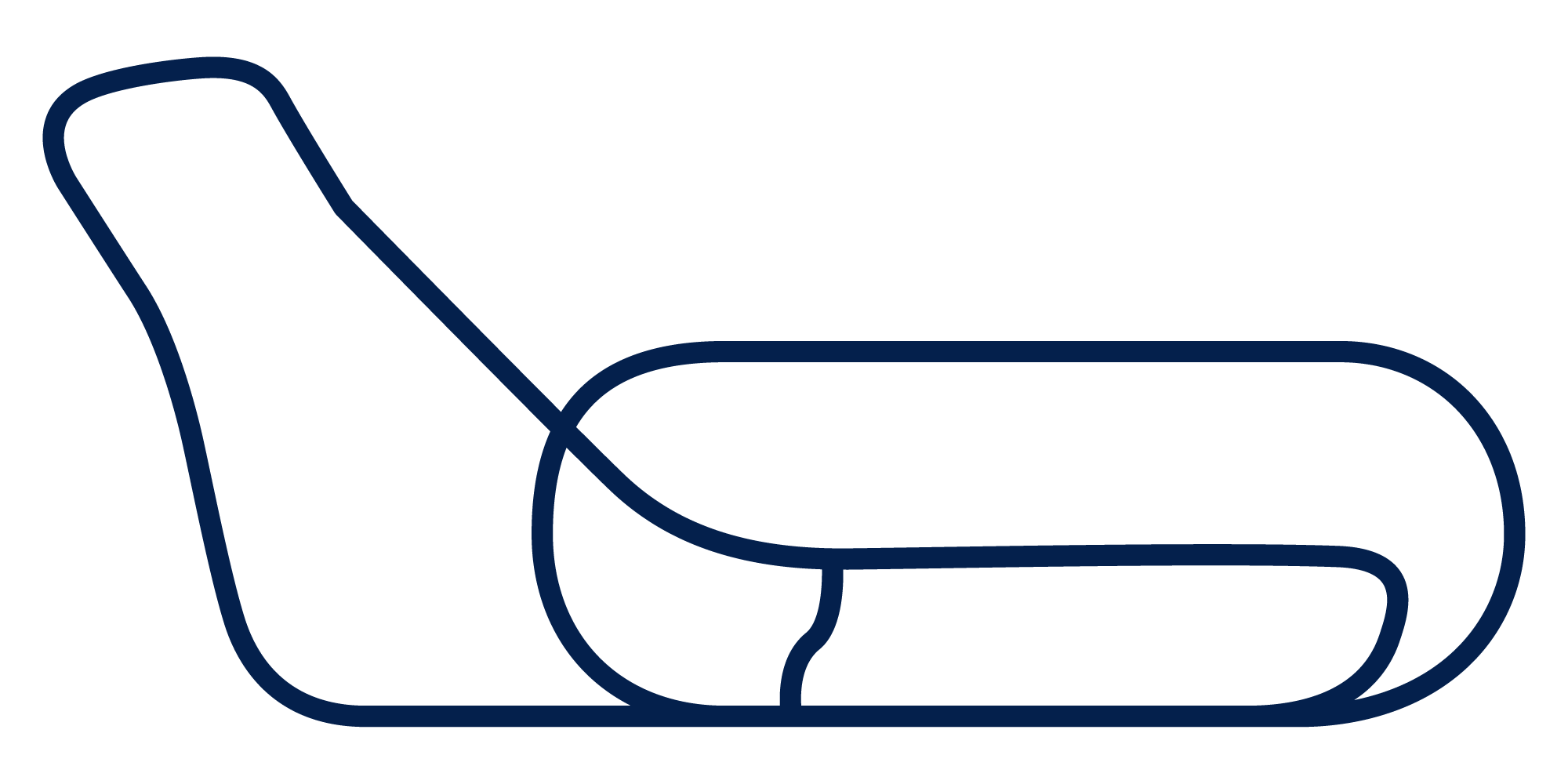Evolution of circuit safety: how Formula 1 has protected drivers
Formula 1 is not just about speed, adrenaline and spectacle: it is also the story of a constant struggle for driver safety. From the circuits of the past, dangerous and lacking modern barriers, to the tracks of today, equipped with the latest technology, the evolution of safety has transformed the sport, saving lives and allowing champions to race to the limit without excessive risk.
From the pioneering era to the first safety regulations
In the 1950s and 1960s, racing in Formula 1 was an extremely dangerous endeavor. The circuits were often ordinary roads or racetracks with minimal protection: trees, low walls, and rudimentary guardrails were just a few feet from the track. Victories were celebrated, but each race could turn into tragedy. The lack of standards and protective devices meant that drivers had to rely only on their skill and courage.
It was precisely the high number of accidents and fatalities that prompted Formula 1 to change dramatically. The creation of safety barriers, the introduction of homologated helmets and fireproof suits represented the first steps toward greater protection, gradually transforming the way races were organized.
The era of technological innovations
In the 1980s and 1990s, safety became a top priority. The most iconic circuits, such as Monza, Spa and Silverstone, began to be equipped with wider escape routes, concrete new jerseys, stronger guardrails and shock-absorbing zones, dramatically reducing the risk of fatal accidents.
The cars also changed dramatically. The introduction of the carbon monocoque chassis, the Head and Neck Support (HANS) system, and improvements in seatbelt systems made it possible to protect the driver even in the event of impacts at speeds above 300 km/h. Each innovation has a clear goal: to save lives without taking away from the spectacle of the sport.
Regulations and prevention: ongoing work
Today, safety in Formula 1 is not only about circuits and cars, but also about driver preparation. Regulations such as the pit lane speed limit, management of accident detectors and emergency evacuation procedures are standard in all Grand Prix.
In addition, simulation sessions and virtual crash tests make it possible to anticipate danger scenarios, preventing accidents even before they can happen. Collaboration between the FIA, engineers and sports physicians is constant, with the goal of minimizing any risk, keeping Formula 1 at the forefront of the world in terms of safety as well.


